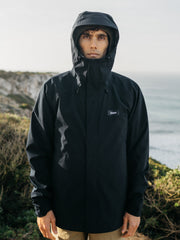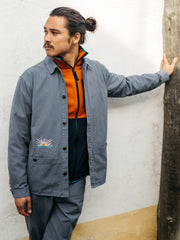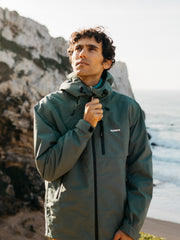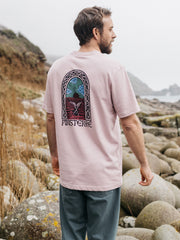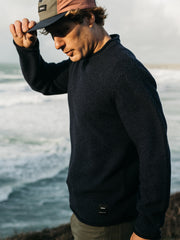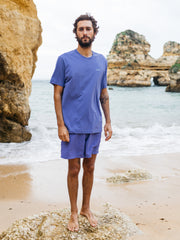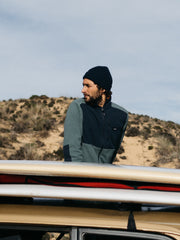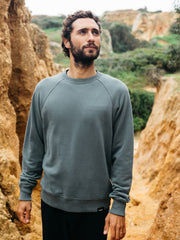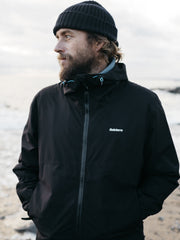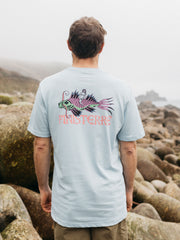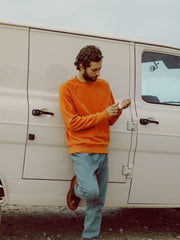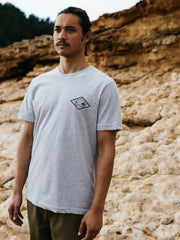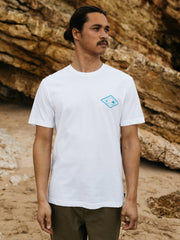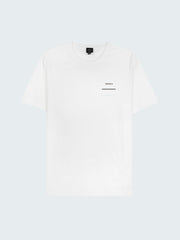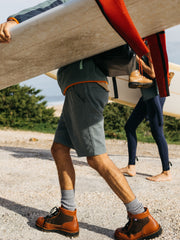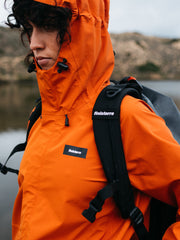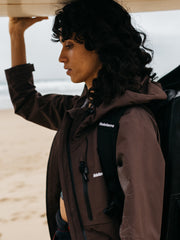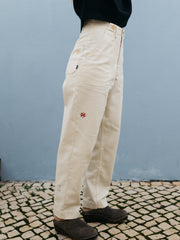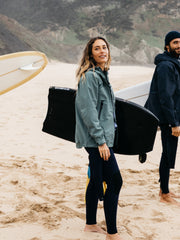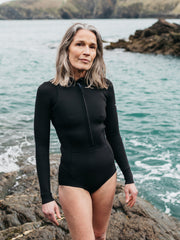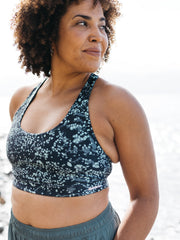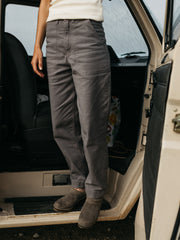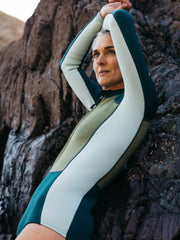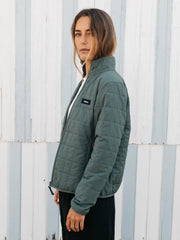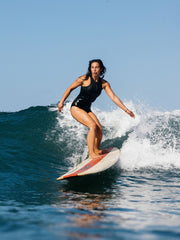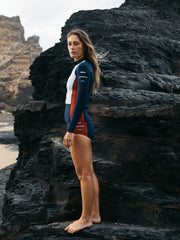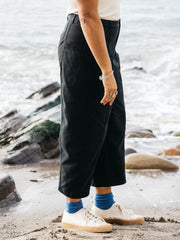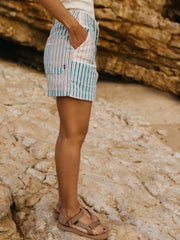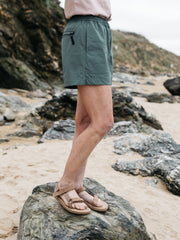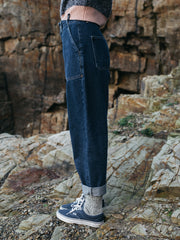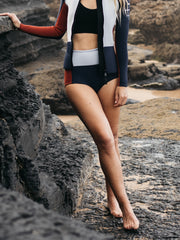Since its founding in 1959 by surfer, artist and filmmaker John Seversen, SURFER magazine has had a long tradition of breaking new ground. Cover shots that stop you dead in your tracks, provocative art and rich narratives that fill you full of wonder, it's a staple here in the workshop.
James Newitt has been the art director at SURFER mag since 2014. He grew up in south Devon sharing the line-up with a tight knit crew, on the best and worst of days. An aspiring artist who was as creative in the water as he was on dry land. He's managed to weave the two things he loves - surfing and art, into a means of earning a living at one of the worlds finest surf magazines.
We caught him in between deadlines and asked him a few questions, legendary photographer Todd Glaser snapped a few photos, and we even got a look behind the scenes at SURFER HQ and a glimpse inside the archive.


